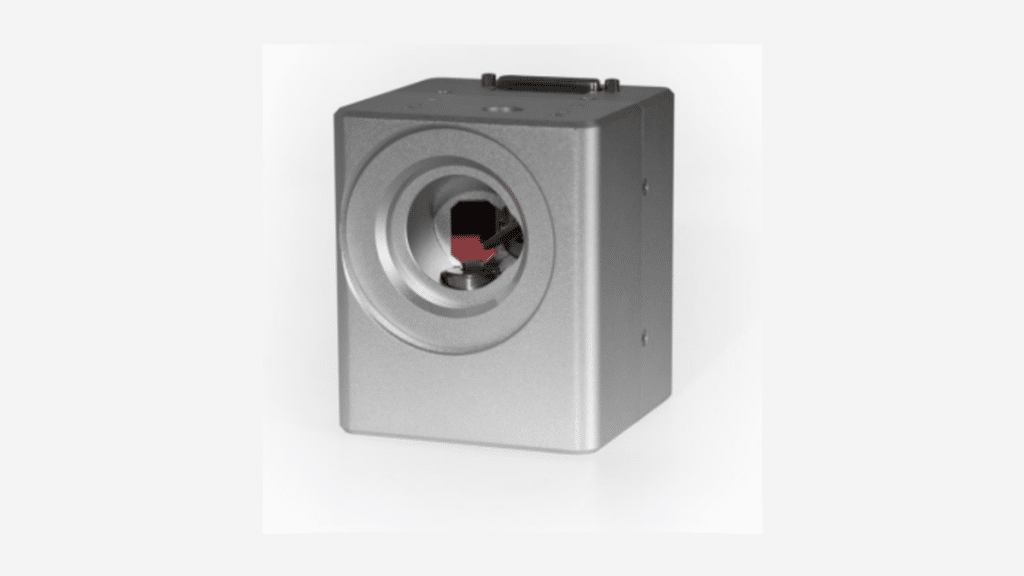Laser processing relies on mirror-mounted galvanometers or galvo scanners to steer laser beams precisely and quickly. Selecting a galvanometer laser scanner depends on different factors, such as scan speed and accuracy, which affect processing efficiency and quality. So, scanner specs must meet application needs to increase speed and decrease oversights in complicated laser operations. This article will delve into galvo scanners, their technology, applications, and the essential considerations for selecting the most suitable one.
Galvo Galvanometer Scanner and Its Applications
Galvo scanners utilize rotating mirrors driven by galvanometer motors for rapid and precise directional control of a laser beam. Critically, they attain high-speed, angular displacement of the beam in laser marking, engraving, and cutting. That’s where swift, accurate beam positioning is dominant. In addition to its significance in material processing applications, galvo scanner technology finds crucial applications in medical imaging, notably in confocal microscopy. In this context, it enables quick and high-resolution scanning, contributing to medical diagnostics and research advancements.
While some Galvo laser scanners incorporate closed-loop control systems to ensure accuracy and repeatability, not all scanners utilize this technology; nevertheless, closed-loop control systems are significant in applications requiring high precision, such as micro-machining and 3D printing. Including closed-loop control systems enhances the overall performance of galvo scanners, making them indispensable in various industries where precision is a critical factor.
Key Considerations for Selecting Galvo Scanners
1. Speed and Precision Requirements
The galvo scanner speed is determined by galvo/mirror inertia and resonant frequency, measured as the time to reach 99% of a 0.1° positioning move. High-speed galvo scanners are vital in precision-demanding applications, reducing marking time in tasks like laser marking for increased productivity. Precision is critical in micro-machining; even small discrepancies can lead to defects. Accuracy is assessed through short-term repeatability, crucial for tasks like alphanumeric character marking, where speed is measured in characters per second. Generally, higher galvo system accuracy comes with higher costs.[1]
2. Laser Processing Requirements
Different laser processing tasks may have unique and nuanced requirements. It’s essential to know the specific needs of your application, considering factors such as:
Marking
For applications that involve marking, the galvo mirror system should offer precise control over the laser beam to create clear and legible marks. Consideration should be given to the scanner’s ability to handle intricate designs, logos, and alphanumeric characters with accuracy.
Engraving
Engraving tasks demand a galvo scanner head capable of producing deep and detailed markings. The scanner’s ability to control laser power and focus is crucial to achieving varying depths and intricate patterns in the engraving process.
Cutting
In laser cutting applications, the galvanometer scanning mirror must provide rapid and precise movements to ensure clean and accurate cuts. Factors such as beam stability, acceleration, and deceleration play a vital role in achieving high-quality cutting results.
3. Image Quality of the Galvo Mirror Scanner
The image quality of a galvo scanner is linked to its resolution and linearity. Higher resolution gives finer control over the laser’s movement in high-density and precise patterning. Linearity indicates the scanner’s ability to keep performance across its scanning range. It is important for uniform image quality in large-field applications. Current scanners utilize feedback systems and correction algorithms for linearity, which gives uniform quality across the scan field.
SOING’s 2D Galvo Scanner for High-Speed Processing
SOING is celebrated for supplying galvo scan heads to China’s leading high-speed marking machine provider. It is unique for its precision technology and stout product design. Along similar lines, let’s discuss the characteristics of the SPS Series Scanner from SOING.
.High-Speed Performance
The SPS Series Scanner(SPS 85H)writes 1350 characters per second, which proves fast processing. Speed matters in electronic component marking and packing, where time efficiency boosts production. For example, in an 8-hour shift, this pace allows marking large batches of goods while lowering turnaround time.
.Connectivity and Integration
The SPS Series has top-cap and back-cable IDC connections for flexible integration. This dual connectivity proves advantageous in diverse industrial environments with varying spatial and wiring requirements. The wiring configuration with the top cover differs slightly from other designs, providing an added layer of protection. Given that high-speed galvanometric mirrors commonly run non-stop in factories around the clock, this protective cover serves as a crucial defense against corrosion and dirt. On the flip side, the back-cable connection represents the standard wiring configuration.
.Versatile Input Beam Aperture
SPS Series input beam apertures include 8.5mm, 10mm, and 14mm for various laser types and applications. The 14mm aperture is best for broad marking, while the 8.5mm is suitable for fine detail. Automotive and aerospace sectors need accurate marking across component sizes, so this adaptability is necessary.
.Robust Build Quality
The SPS Series performs well in severe industrial situations thanks to its waterproof and dustproof construction. In metal production and medicines, exposure to elements might affect marking operations, which renders this durability key. Robust construction extends scanner life and preserves performance while saving upkeep and time.

Conclusion
SOING, a leader with extensive experience, delivers high-performance RF-excited CO2 lasers and innovative motion control solutions. Their motion control section specializes in galvo scanners, exemplified by the high-speed SPS Series designed for on-the-fly marking. Complementing their laser processing solutions, the optical department offers a comprehensive range of products, including f-theta lenses, telecentric lenses, beam expanders, and mirrors. Explore the forefront of laser processing with SOING’s cutting-edge technologies and commitment to innovation.
Reference
[1] PRODUCT FOCUS: GALVANOMETER SCANNERS: What you need to know to buy a galvo-positioner. Available at https://www.laserfocusworld.com/optics/article/16567973/product-focus-galvanometer-scanners-what-you-need-to-know-to-buy-a-galvo-positioner (Accessed on February 2nd, 2024)
